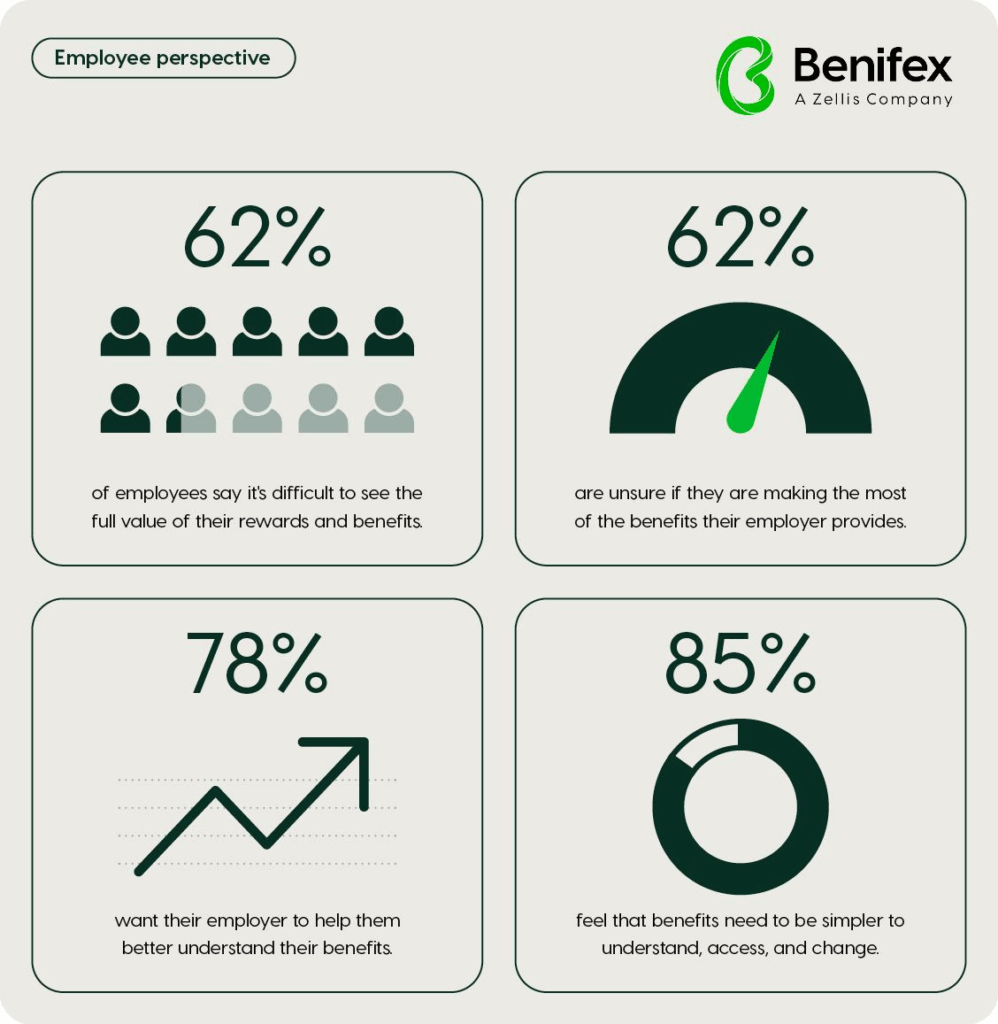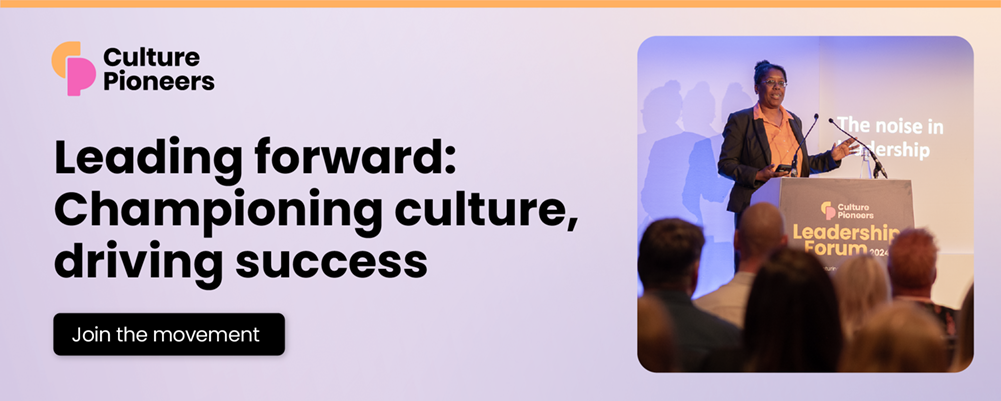Employee wellbeing isn’t a ‘nice-to-have’ anymore – it’s the foundation of a strong employee value proposition (EVP). Employees are clear: they expect their employers to support them in every aspect of life, not just at work. Yet too often, there’s a gap between increased employer investment and the experience that employees actually have.
Employers are investing in benefits to support employee health and wellbeing
For some time, benefits have become a major focus for employers – they’re the principal way to promote employee wellbeing and create a more engaged, inclusive and productive workforce.
Employers are investing heavily in benefits to better support their people – from introducing new core benefits for their whole workforce, to offering flexible benefits that employees can choose based on their individual needs and circumstances. Indeed, a whopping 79% of HR and reward leaders say they increased spend on benefits in the last 12 months.
For the most part, this investment is paying off, with 69% of employers stating that benefits have had a measurable impact on employee wellbeing in the last 12 months. Meanwhile, 63% of employees say their wellbeing has improved as a result of benefits.
But there’s a disconnect employers can’t ignore…
Our latest research highlights a growing perception gap. While 60% of HR and reward professionals believe they deliver an excellent employee experience, only 19% of employees agree.
That’s not just a difference of opinion; it’s a warning sign.
Over half of employees say their expectations of employee experience have gone up in the past year – across pay and benefits, recognition, wellbeing, and flexible working. Almost two-thirds (64%) expect more wellbeing support than they did 12 months ago. In short, they’re asking more of their employers, and they’re not cutting much slack for those who fall short.
The engagement challenge
Employees still struggle with awareness, understanding and access to the support they need…

Infographic data:
- 62% of employees say it’s difficult to see the full value of their rewards and benefits.
- 62% are unsure if they are making the most of the benefits their employer provides.
- 78% want their employer to help them better understand their benefits.
- 85% feel that benefits need to be simpler to understand, access, and change.
What does this mean?
On the one hand, employees usually feel confident about where to access benefits, having a good understanding of the benefits available. On the other hand, many employees aren’t fully confident in assessing the value of their benefits or knowing whether they’re genuinely improving their lives.
Although having a benefits platform in place makes benefits much more accessible for employees, navigating lengthy policy documents to understand what benefits like private medical insurance include can still be time-consuming, mystifying, and stressful.
Uniting benefits and wellbeing in one digital hub
So how can employers make benefits easier to engage with?
Forward-thinking employers are using their benefits and wellbeing platforms as a one-stop-shop for employees to get quick and easy access to support in the moment they need it – wherever and however they’re working.
Using content spaces within their platform, organisations can guide employees to the most relevant support. For example, health and wellbeing pathways can be used to highlight the supplemental services that are included with insurance offerings (such as a 24/7 online GP). They can also link to key benefits, direct employees to use their EAP or speak to occupational health, and share relevant wellbeing resources, such as guided meditations or financial wellbeing tools.
As Evelyn Naulls, Head of Employee Benefits UK and Ireland at Danone, highlights: “The platform has enabled us to really give our employees a complete view of their benefits, health and wellbeing package. This is increasing engagement with employees and it’s also enabling employees to personalise their wellbeing and health journey.”
This approach transforms benefits platforms into an everyday resource for help and information – rather than something that employees just access once a year to make their benefits selections. In fact, Benifex customers using their platforms in this way have seen, on average, a 96% increase in benefits engagement.
With features like smart nudges, consumer-grade design, and personalised AI search, employees can move seamlessly from “I need help” to “I’ve found it” – without the stress.
The bottom line
There’s plenty of research that shows digital wellbeing platforms improve health-related outcomes. But it’s also good for business. When employees feel supported in their wellbeing, they’re not only healthier – they’re also more engaged, more productive, and far more likely to stay. That’s how employers turn benefits investment into real, measurable impact.
Get your copy of Benifex’s report here.
Benifex is the proud Wellbeing Partner of Culture Pioneers – a campaign to both support organisations driving impactful culture change, and commend those who are leading forward and challenging the status quo at work.








